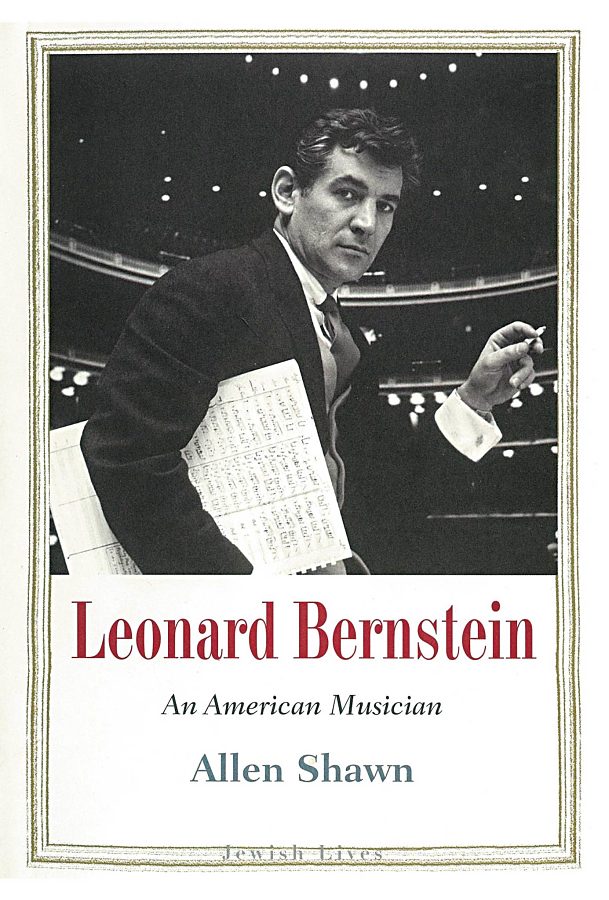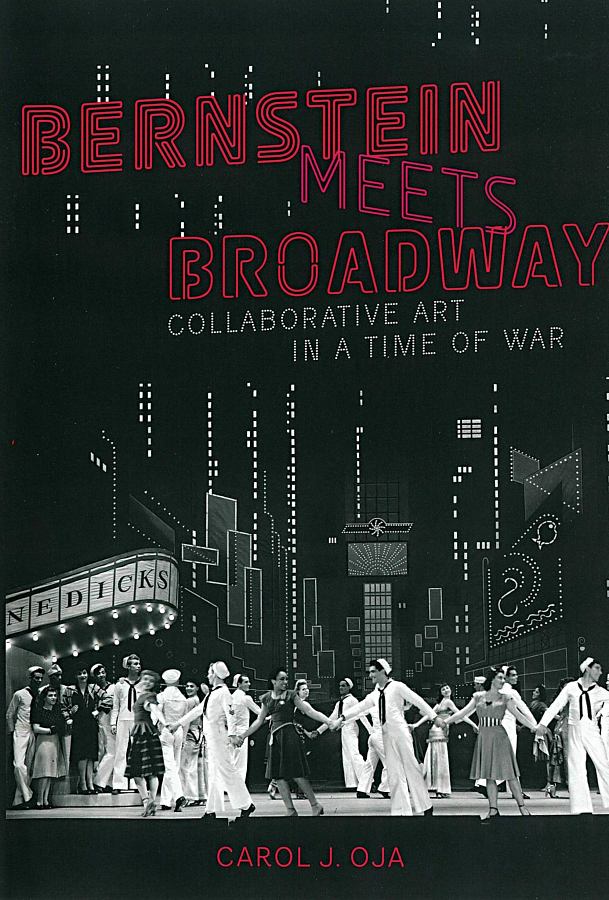With Leonard Bernstein, the old cliché that if he hadn’t existed someone would have had to invent him seems to apply in reverse: If an author had made him up, no one would believe the fiction.
It’s not just Bernstein’s fabled youthful ascent onto the national scene with a rocket-like rapidity that in retrospect seems as inevitable as a force of nature, or the peripatetic schedule that kept him on the road as a conductor from his early 20s till almost his dying breath, while he was also composing for the concert hall and the theatre and giving his famous televised lectures about music. What strains credibility is the way all these activities lived at the intersection of so many continental divides of 20th-century culture (indeed, seem almost to have been designed to dramatize them): classical versus pop, avant-garde versus populist, gay versus straight, radical politics versus liberal consensus, highbrow versus middlebrow.

To these, the inimitable Lenny added another internal division, perhaps the defining split of his life: composing versus conducting. That may sound to an outsider like a mere matter of time management, but, as Allen Shawn movingly demonstrates in his new biography, Leonard Bernstein: An American Musician, this conflict in many ways was the wedge at the heart of Bernstein’s personality, between the quiet study where he would write the “serious” music he often hoped would define his career, and the bright glare of the public stage where he coaxed some of the century’s great performances from the world’s best orchestras.
Like a great playwright whose output must alternate with a demanding directing schedule, Lenny felt torn and increasingly worried—in a self-critique echoed by colleagues, both sympathetically and otherwise—that he had squandered one or the other of his great talents.
There was, of course, a third space, a middle ground, where Bernstein’s contradictions were assets, multipliers rather than dividers: the musical theatre, particularly as it was practiced during its purported Golden Age of the 1940s and ’50s. Here the composer’s intensely gregarious spirit found an ideal metier, both in the rough and tumble of collaboration with such colleagues as Jerome Robbins, Stephen Sondheim, Adolph Green and Betty Comden, and in the form’s omnivorous cultural sampling, where ballet was as at home as the blues. Bernstein wrote just four musicals, but the scores of three of them—On the Town, West Side Story and Candide—tower at the top of the field and remain his best-known legacy.

The first of these masterworks is the subject of Carol J. Oja’s new book Bernstein Meets Broadway—a somewhat misleading title, for while Bernstein remains a central figure in the narrative, and Oja, a musicologist, zooms in acutely on the score, her book is as much about the work’s cultural context as its content. (The subhead, Collaborative Art in a Time of War, is closer to the mark.) In particular, she labors to illustrate how the show’s creators—Robbins, Bernstein, Comden and Green, as well as scenic designer Oliver Smith—infused this exuberantly youthful work about three sailors on the make in wartime New York City with serious intent and progressive politics. It’s true that Bernstein and Robbins, in particular, were associated with left-wing causes throughout their lives, for better or worse, but a rambling chapter attempting to parse the politics of the Revuers—the sketch-comedy troupe from which Comden and Green, as well as Judy Holliday, sprang—is a tenuous slog.
Oja is on firmer ground in tracking the show’s somewhat astounding multiracial casting, which didn’t just include a fair complement of African-American dancers in non-racialized roles alongside white counterparts, but also forefronted, in the female leading role of Ivy Smith, Sono Osato, a Japanese-American ballet dancer. These were remarkable early examples of what we now might call colorblind casting, as no emphasis was placed on the performers’ race; the sailor Gabey’s relationship with Ivy was not problematized as an interracial love story. But Osato’s matter-of-fact inclusion remains especially striking given that it was 1944, and both she and her immigrant father faced wartime travel restrictions on Japanese Americans.
Bernstein’s theatrical output is not the primary focus of Shawn’s book, which instead attempts to tell the story of the composer’s musical development from his piano lessons as a child to his final, autumnal stab at an opera, A Quiet Place. As a composer himself, Shawn has palpable empathy for the hard work of composing—for the way it strives to marry the abstract to the practical, to manifest emotions in physical sounds—and this gives the author a unique window into Bernstein’s inner life and artistic process. It’s not all intervals and flats and sharps with Shawn; consider this fascinating analogy, in a passage about Bernstein’s score for the film On the Waterfront:
In the film Brando and Bernstein’s shared qualities create a subliminal chemical bond. Brando was musical in his speech patterns; in the devastating scene in the taxi with his brother (played by Rod Steiger), he almost sings his lines. Like the composer, he exuded a powerful maleness coupled with extraordinary, one might say “female,” sensitivity. Bernstein, for his part, was a “method actor” composer and conductor, a musician for whom identification and the personal connection were essential.
Even when not making such larger connections, Shawn writes with feeling, clarity and concision about Bernstein’s music—particular his symphonies, chamber and choral work, opera and art songs. True, the book’s ploddingly methodical chronology covers well-trod material from previous biographies, and the detailed descriptions of works that may be less than familiar cry out for companion recordings (these passages are best digested, truth be told, with YouTube or iTunes close at hand).
But the book is a valuable corrective to the cult of personality that defined and ultimately trivialized Bernstein. He may have suffered from a kind of musical attention-deficit disorder, a promiscuity that mirrored the varied occupants of his bedroom. But Bernstein was not a dabbler so much as an antenna, a sensitive-to-a-fault instrument in service of the music, and the age, that flowed through him powerfully. He was a conductor in the electrical sense, as well. Shawn’s book does Bernstein the great honor of treating his musical life as a body of work—a fitting tribute to a man who, above all else, embodied music.


